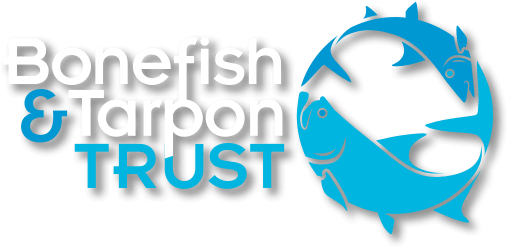Scientists and anglers have long realized the impact that changes to Everglades water flows have had on fisheries within the Everglades, FloridaBay, and in other areas that receive water from the Everglades. Most also know that the ongoing work to restore the Everglades should help to improve the health of habitats and fisheries. A new project is expected to provide even more benefits in a shorter amount of time, and is something that anglers, guides, and others involved in South Florida fisheries should support.
The Central Everglades Planning Project (CEPP) is the next phase of the Comprehensive Everglades Restoration Plan (CERP), the large-scale project that will help restore the fisheries and wildlife of the Everglades and Florida Bay. The CEPP is designed to reduce damaging freshwater discharges from Lake Okeechobee to the St. Lucie and Caloosahatchee estuaries, restore habitat in the central Everglades “River of Grass” and deliver clean water to the central Everglades,Everglades National Park, and Florida Bay.
Preliminary data modeling indicates that the project could deliver as much as 65 billion gallons of additional clean water to the Everglades each year, which would go a long way toward improving the health of South Florida’s fisheries and wildlife. The timeline for delivery of a plan for CEPP is by the end of 2012, with work to begin once the plan is approved.
Currently, the red tape involved in the process means that planning a project like this can take 6 years or more. But with this project we hope to prove that we can reduce planning time to 18 months, which should speed up the entire restoration process. This will save money and time, and help us provide more immediate life support for the deteriorating Everglades – Florida Bay ecosystem. And the CEPP will use existing state-owned lands within the Everglades, so no land acquisition is necessary. Costs of the CEPP will be shared in a 50:50 partnership between the federal government and state of Florida.
This project will restore the natural freshwater sheetflow pattern to northeastern Shark River Slough and Taylor Slough in Everglades National Park. These increased flows will benefit Florida Bay and estuaries along the southwest coast of Florida by improving the salinity and habitat conditions recreationally and commercially important species of fish and shellfish utilize, such as Tarpon, Snook, Red drum, Spotted seatrout, Blue crab, and Pink shrimp, and more.
To learn more about this project and how you can add your voice to Everglades Restoration, please visit: https://www.sfrestore.org/cepp/cepp.html



